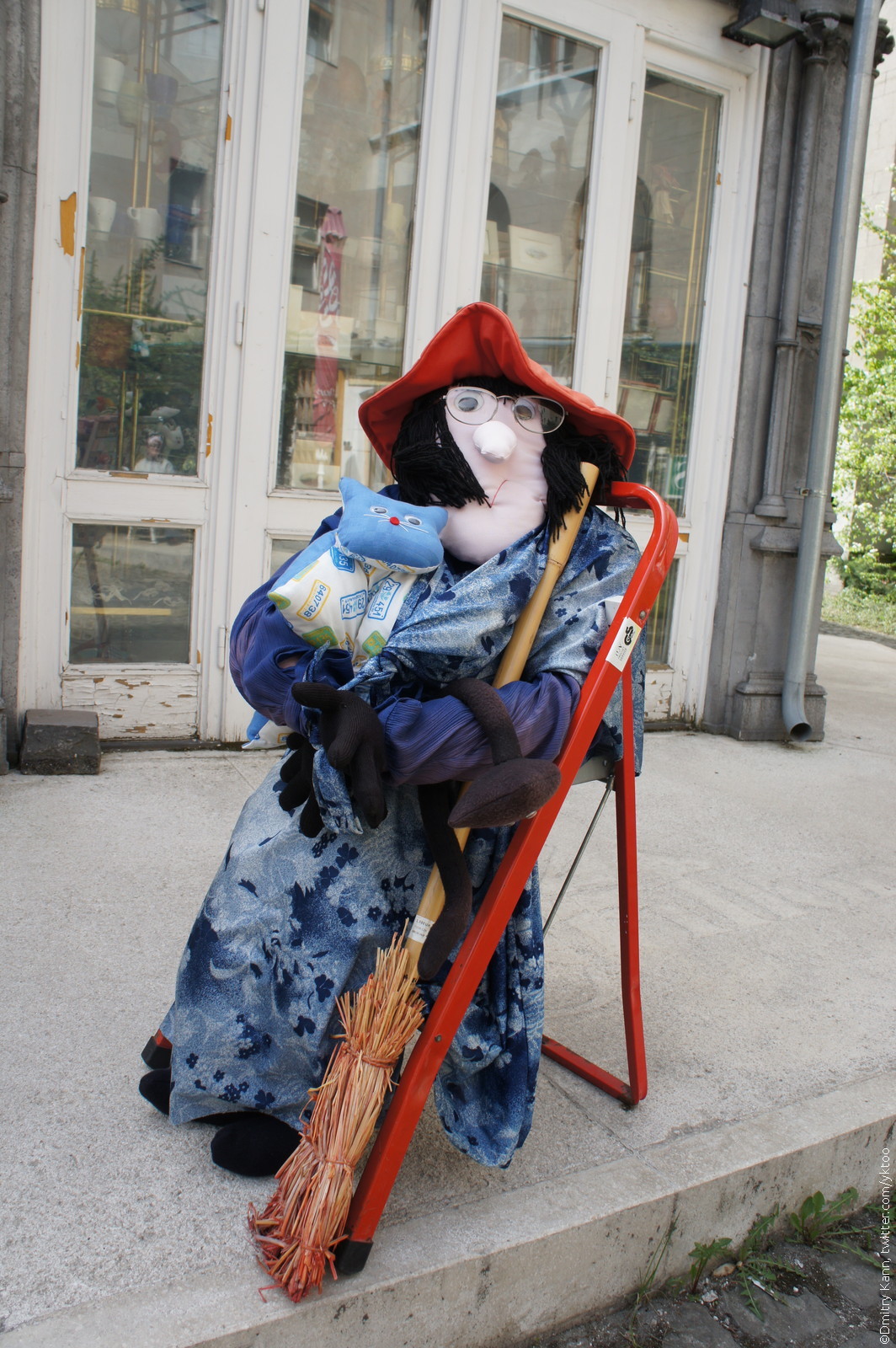
Budapest is the capital of Hungary (honest). Hungary is a part of the EU (which Hungarians are undoubtedly proud of, because of the number of EU flags hung out everywhere). But it isn’t part of eurozone, which was a complete surprise for me. They have their own currency called forint, and you exchange it at the rate of one kilo 260 for one euro. Because of that, you usually count them in thousands (1000 HUF ≈ 4 EUR).
There was currency exchange at the train station, but the rate was only 208 forints for a euro, plus a fee. Peddlers swarming around offered a much more merciful rate (ca. 240), but, since we’ve never seen Hungarian currency before, we decided to play safe.
Simple logic dictated we needed to exchange money at the station, because the nearest ATM was two bus stops away, and we would need money for the bus. A vicious circle.
So we got our thousands and descended to the subway.
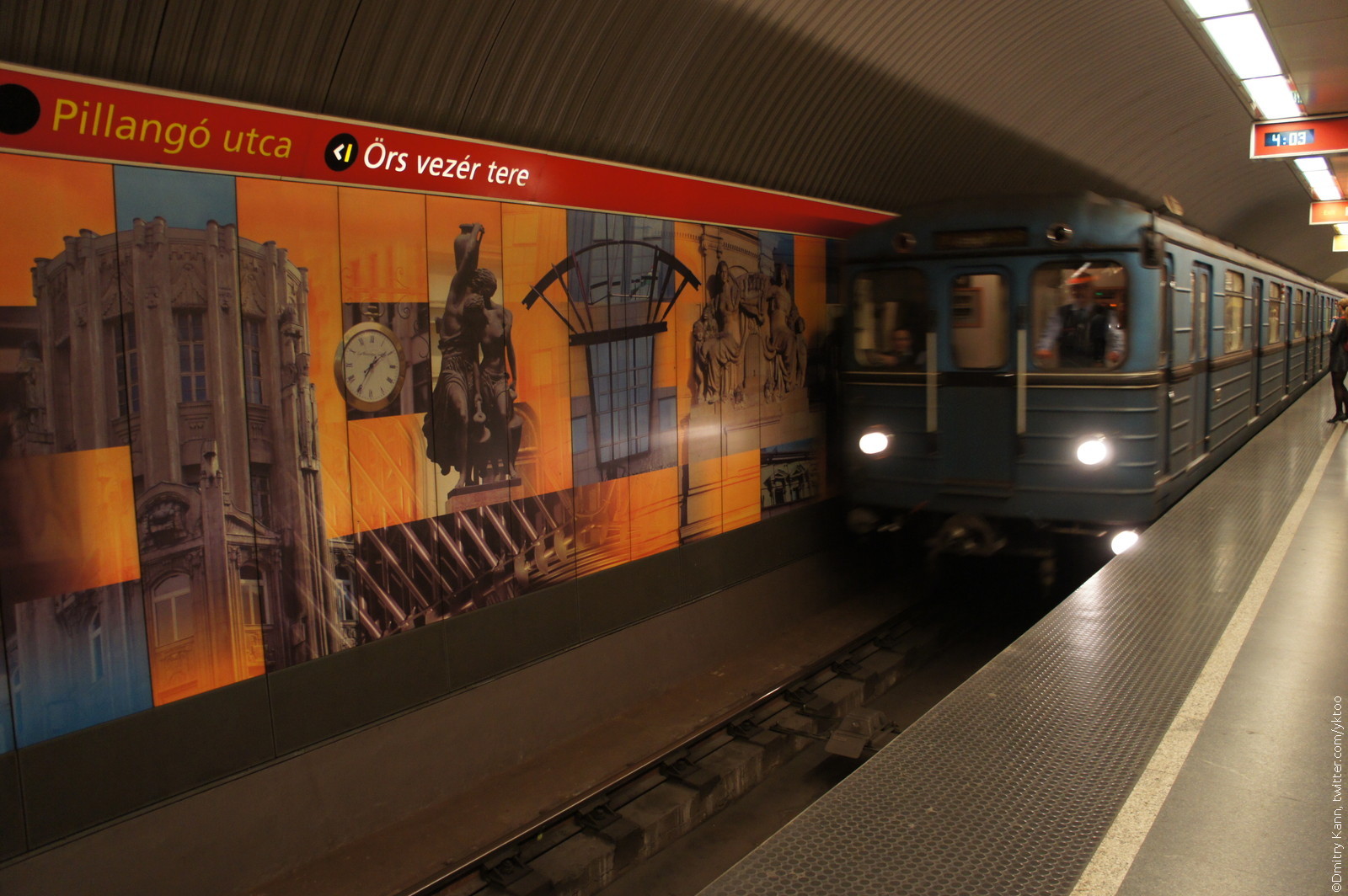
The trains look exactly like in the Moscow metro. I got a kind of déjà vu, which stayed with me all the time in the city.
Metro stations look unpretentious. Some of them have digital timers showing remaining time until the next train (with a half minute resolution).
Every platform only accepts trains of one line (like in Moscow and unlike in Amsterdam). All metro lines are assigned different colours (also like in Moscow), and the stations are decorated with a same-coloured stripe, which I found a brilliant idea. The same concept is used for passages between stations. This is the red line:
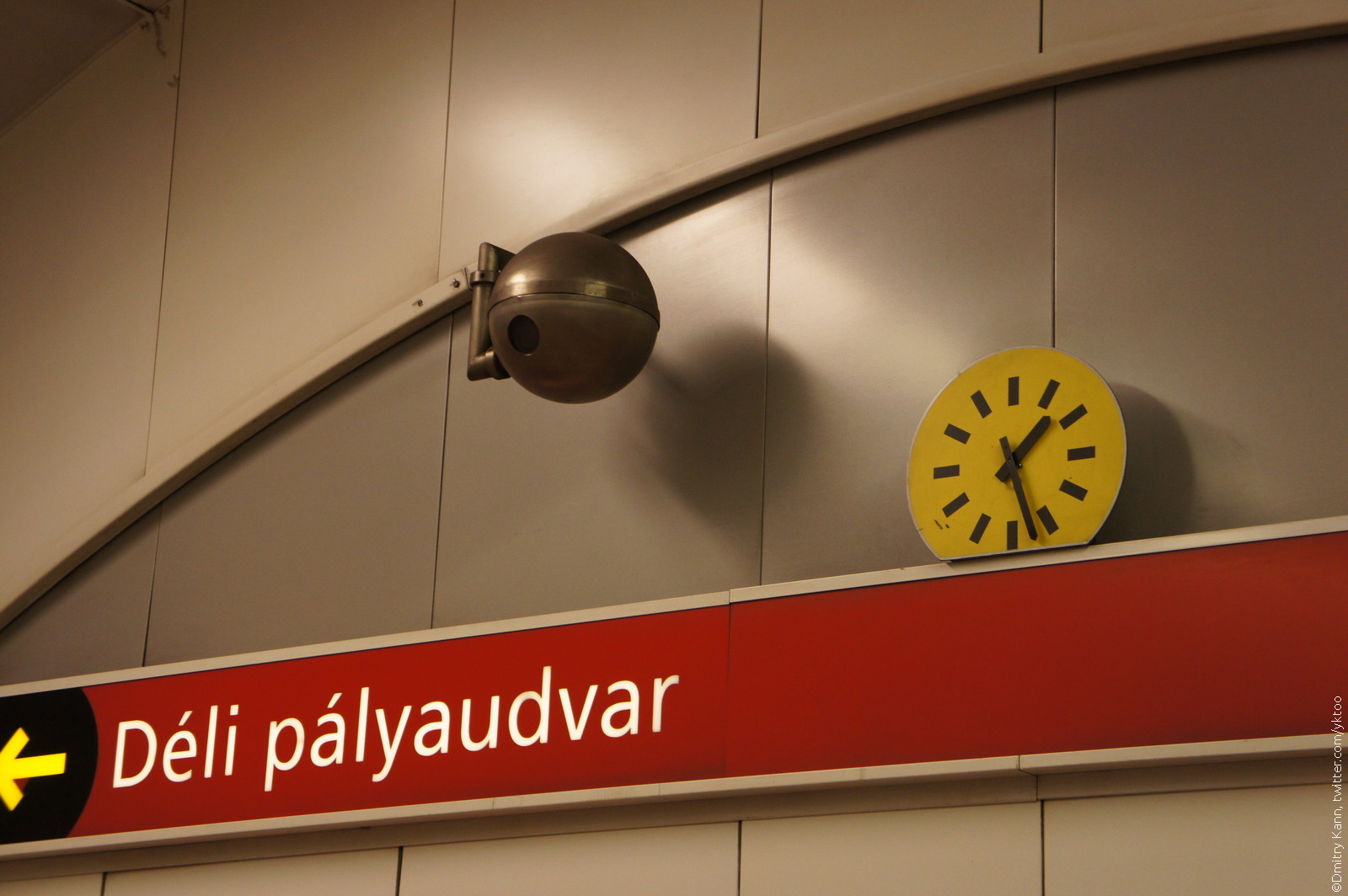
The metal sphere under the ceiling is a surveillance camera in a very sturdy vandal-proof case.
24 hour ticket for all kinds of public transport in Budapest (metro, trams, busses, trolley-busses, and even long distance busses to the first stop outside the city boundary) costs 1,550 forints. One time ticket is 320. It isn’t very cheap, but not too expensive either.
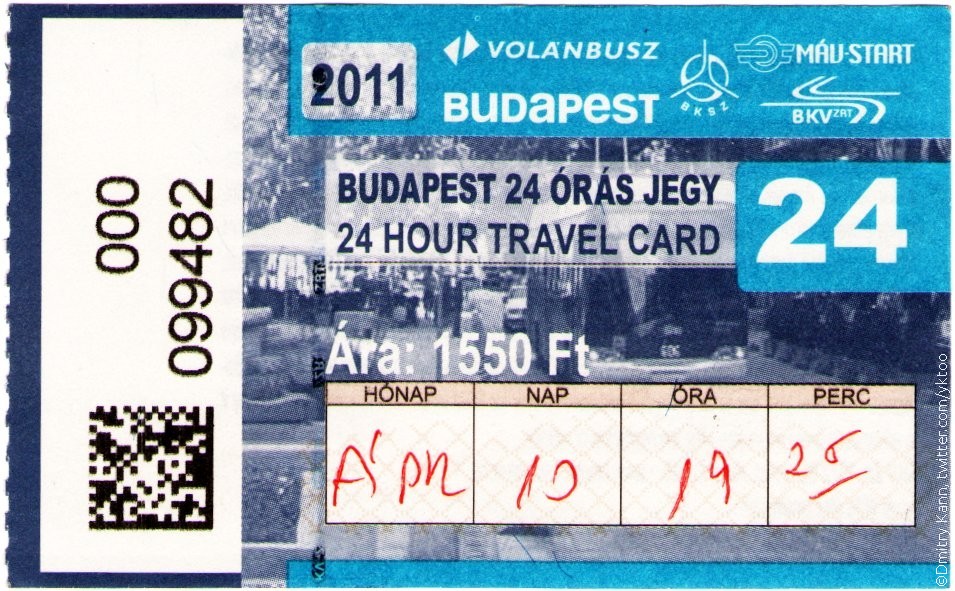
The ticket is to be inserted into a special device at the station, which will print a QR-code on it. Every station is equipped with three to four choppers, usually male (but I’ve also seen female ones), reading the QR-codes checking everyone’s tickets.
At this point my Dutch fellow got so astonished that I had to explain him that such things are very common for post-soviet countries. Although turnstiles seem a more reasonable solution than having four people at every station, Hungarians made it their own way for some reason.
Escalators seem more up-to-date. And they’re equipped with fans:
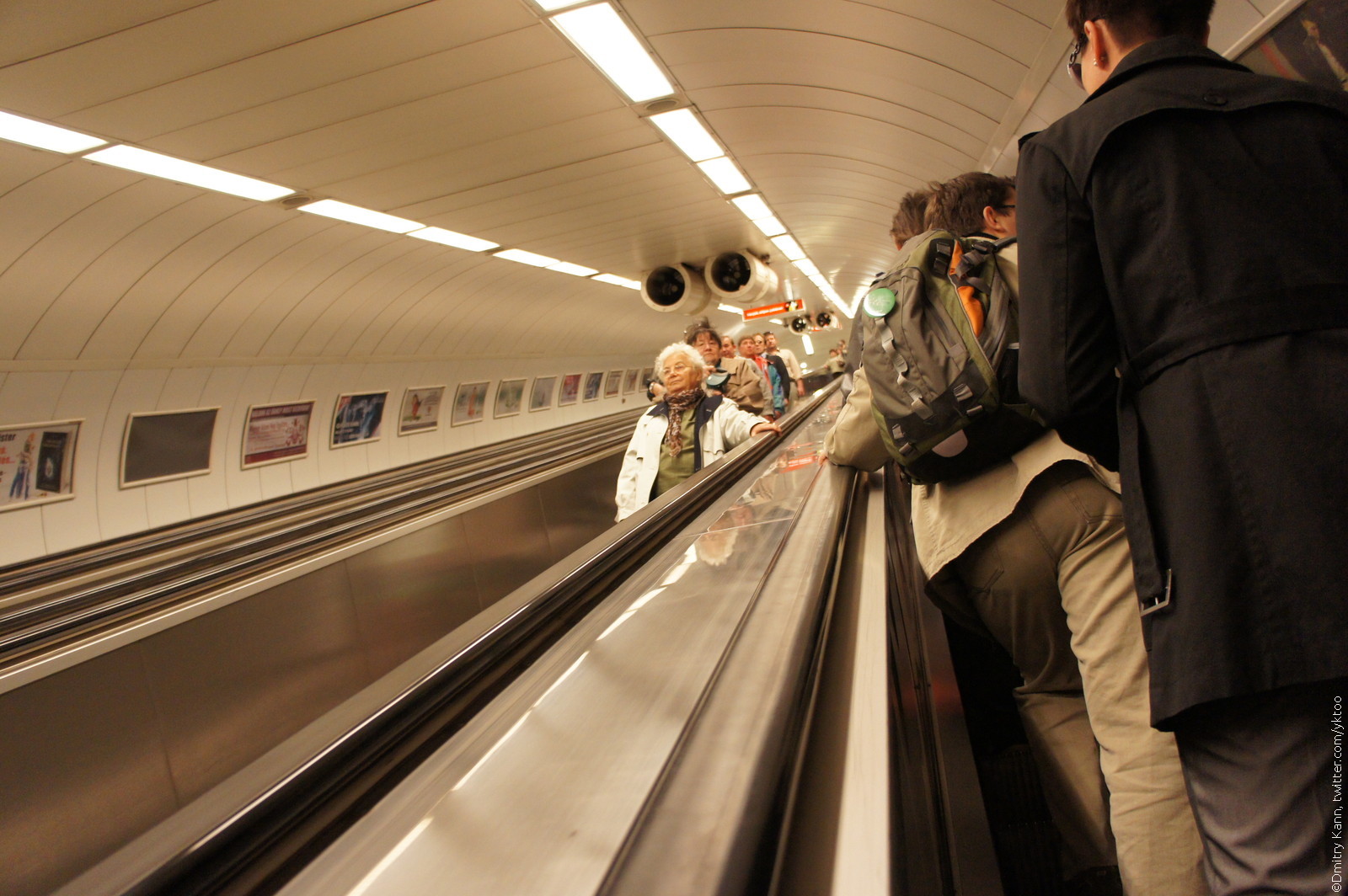
Budapest doesn’t really look like an European city. Many things remind of the Soviet period and contemporary Russia at the same time.
People are more relaxed and polite than Russians, but at the same time look remarkably more constrained and less open to strangers than the Austrians, not to mention the Dutch.
Now the language: it’s a sheer nightmare. It didn’t make any shred of sense when we both tried to read it, taking into consideration all the languages we’re familiar with. Even reading itself was a pain. Here’s an example: Budahegyvidéki Református Egyházközség (it’s the name of a church in Budapest).
Street is utca (pronounced oot-tsa), but in our ignorance we were saying it wrong, and it sounded like Russian утка (which means “duck”), and I found this funny.
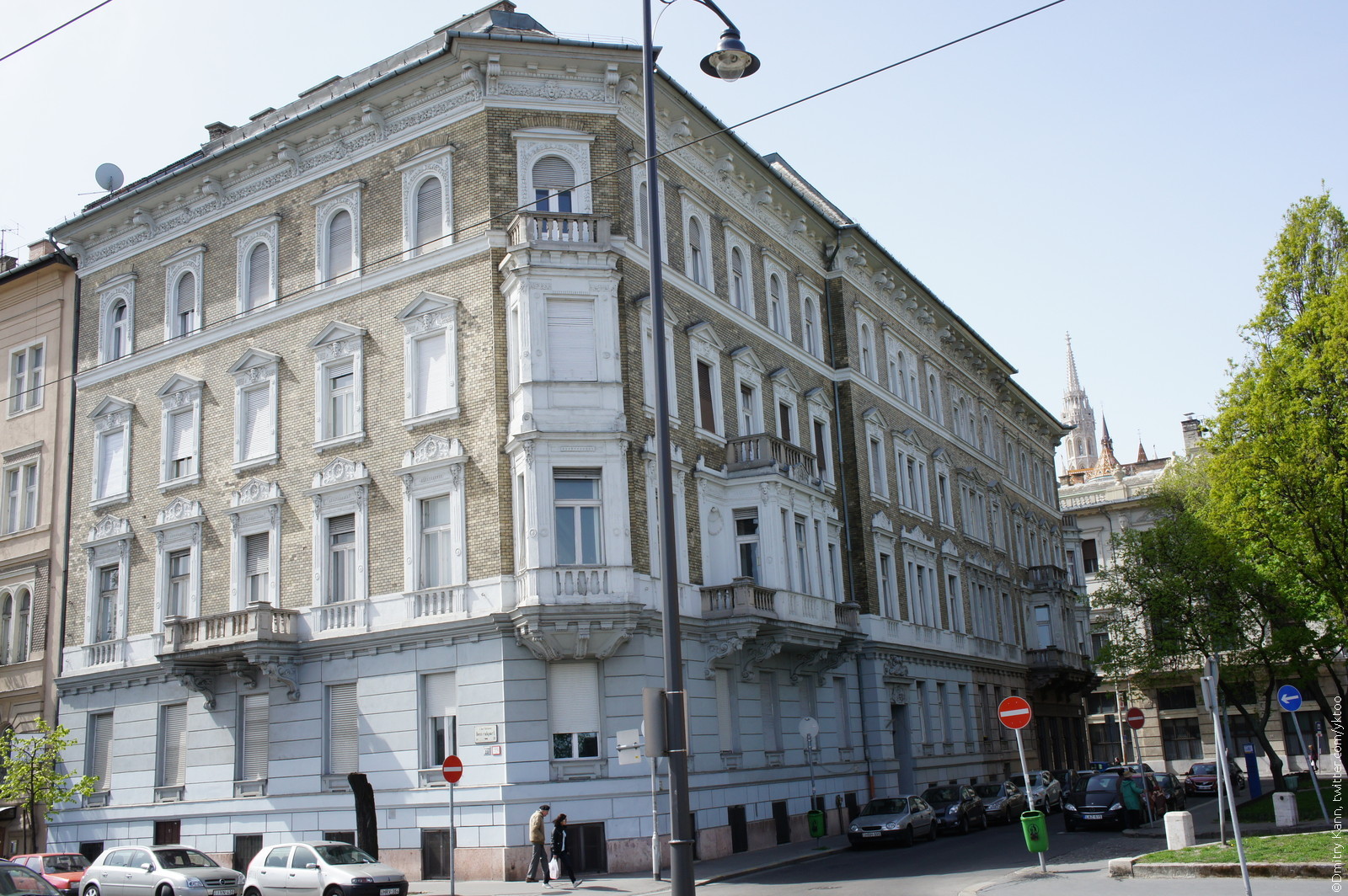
Hungary is the origin of Ikarus busses. At one time they have been ubiquitous on Russian roads (and there are many being used still). It’s a part of my own history, like MMM and the bubble gum called “Love Is”.
Here you can see some bizarre editions like this open tourist bus:
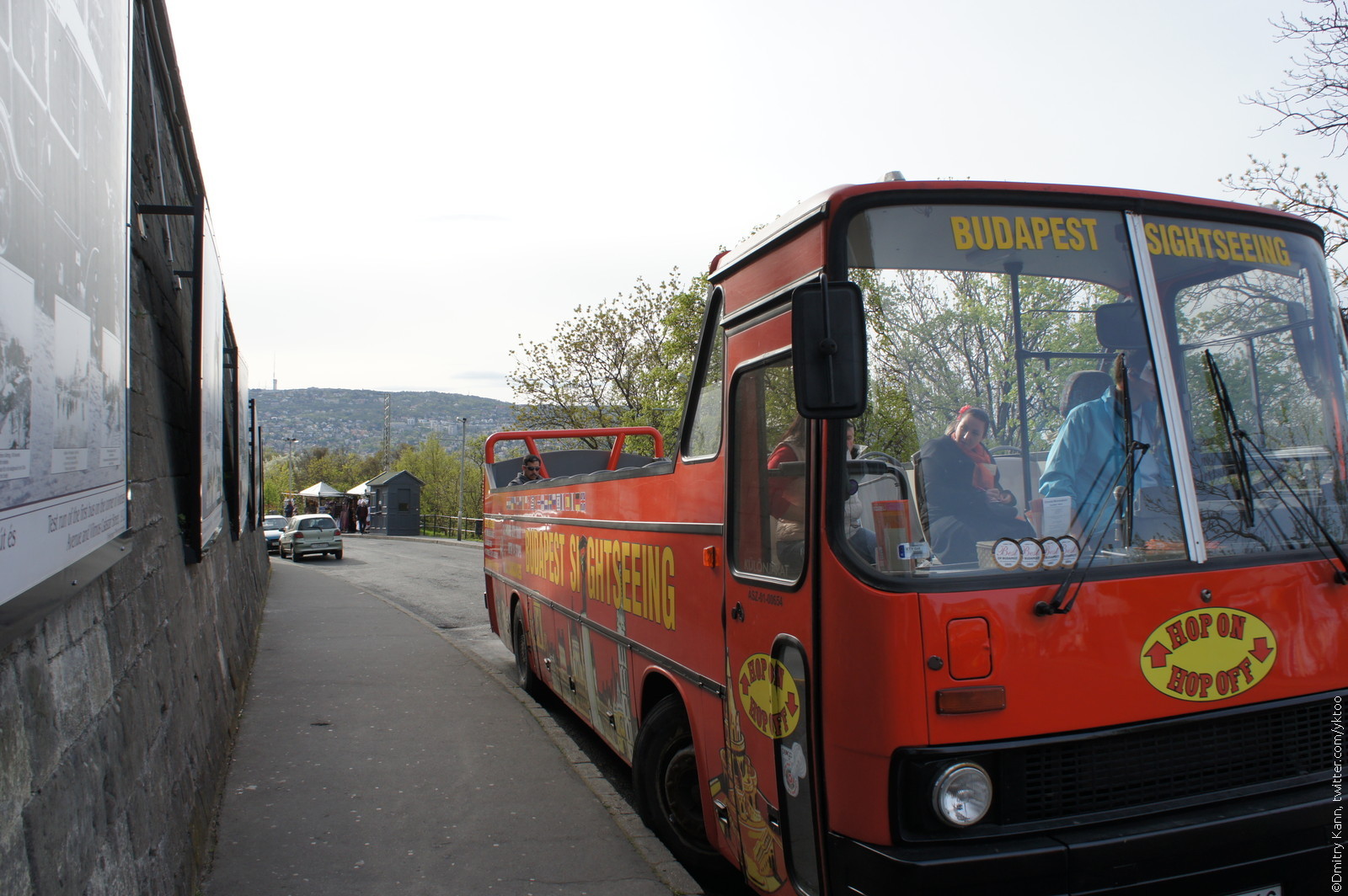
A city tram:
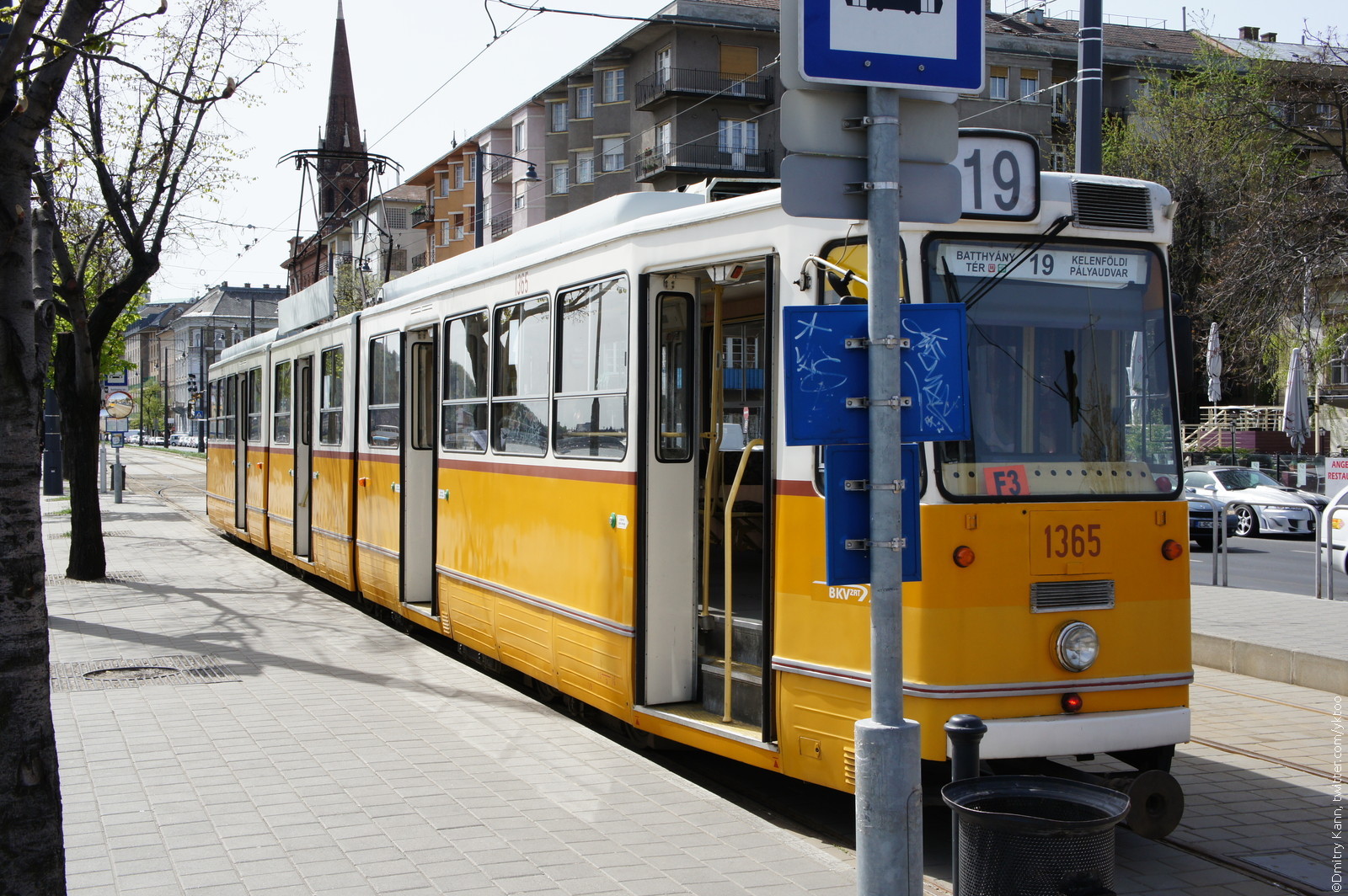
Buildings, roads and transport could have been maintained better.
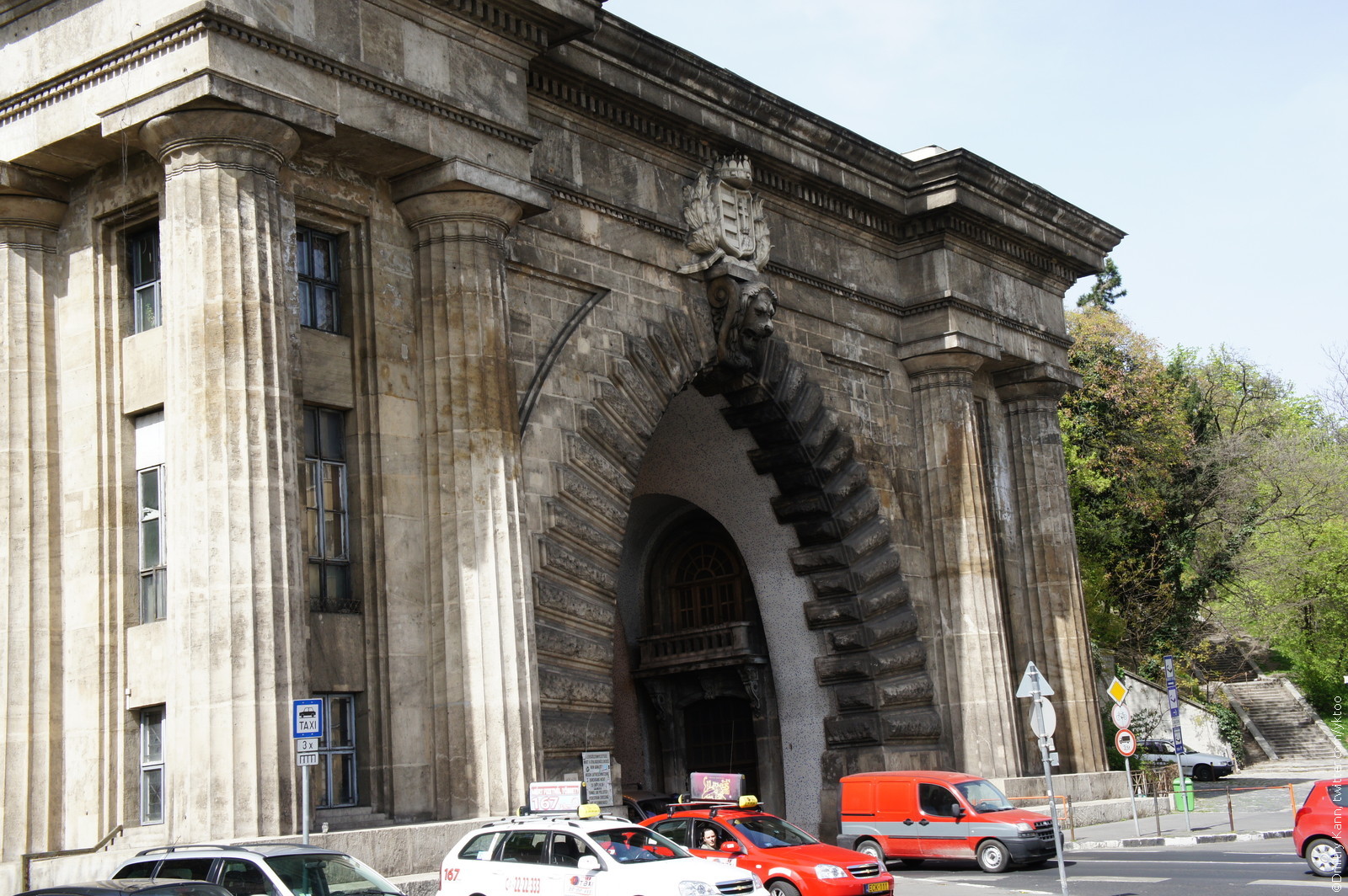
But in general they look alright. I’m happy that corruption is here evidently not as widespread as in Russia. And we’ve seen lots of magnificent buildings here!
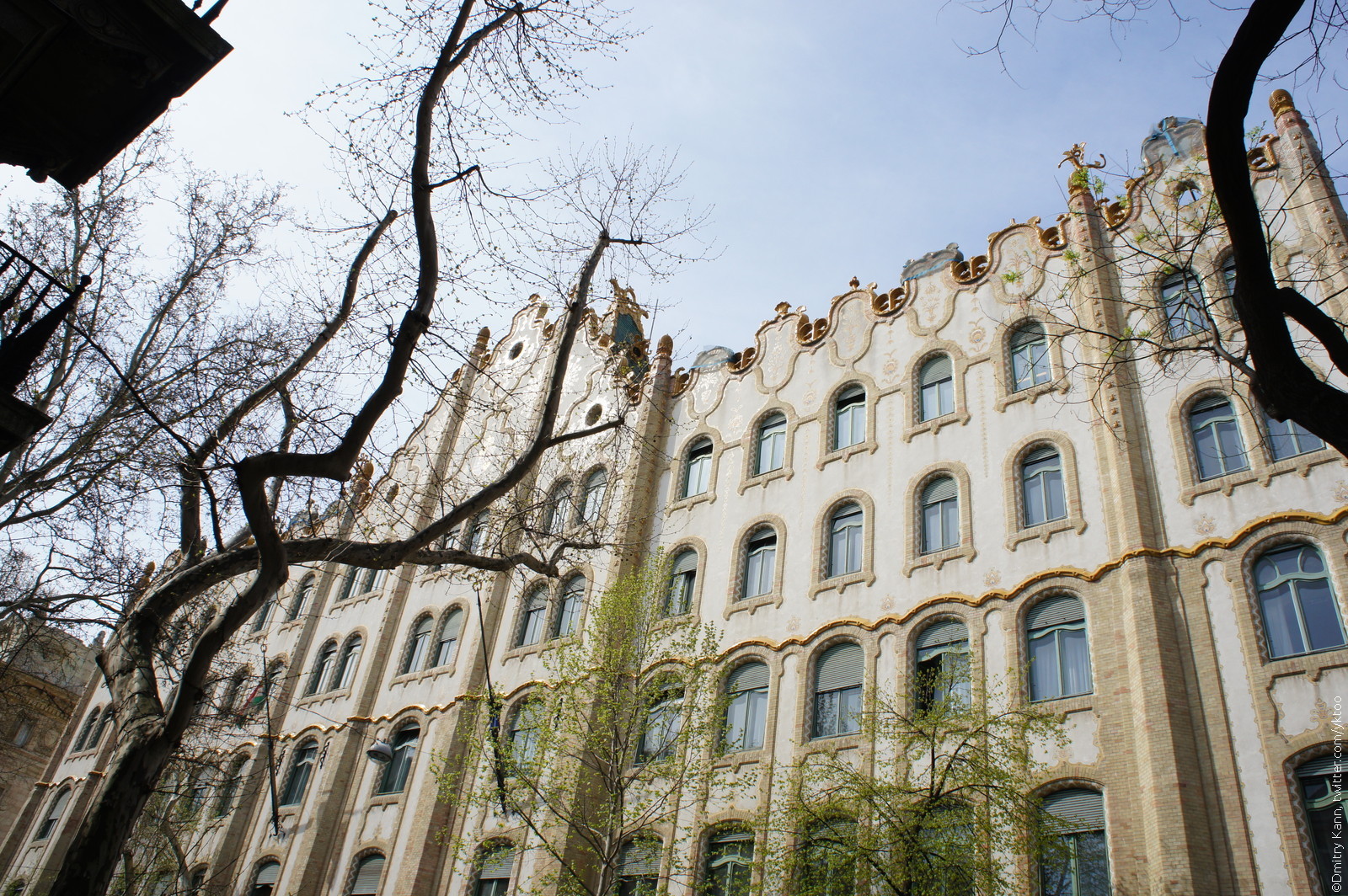
A close-up:
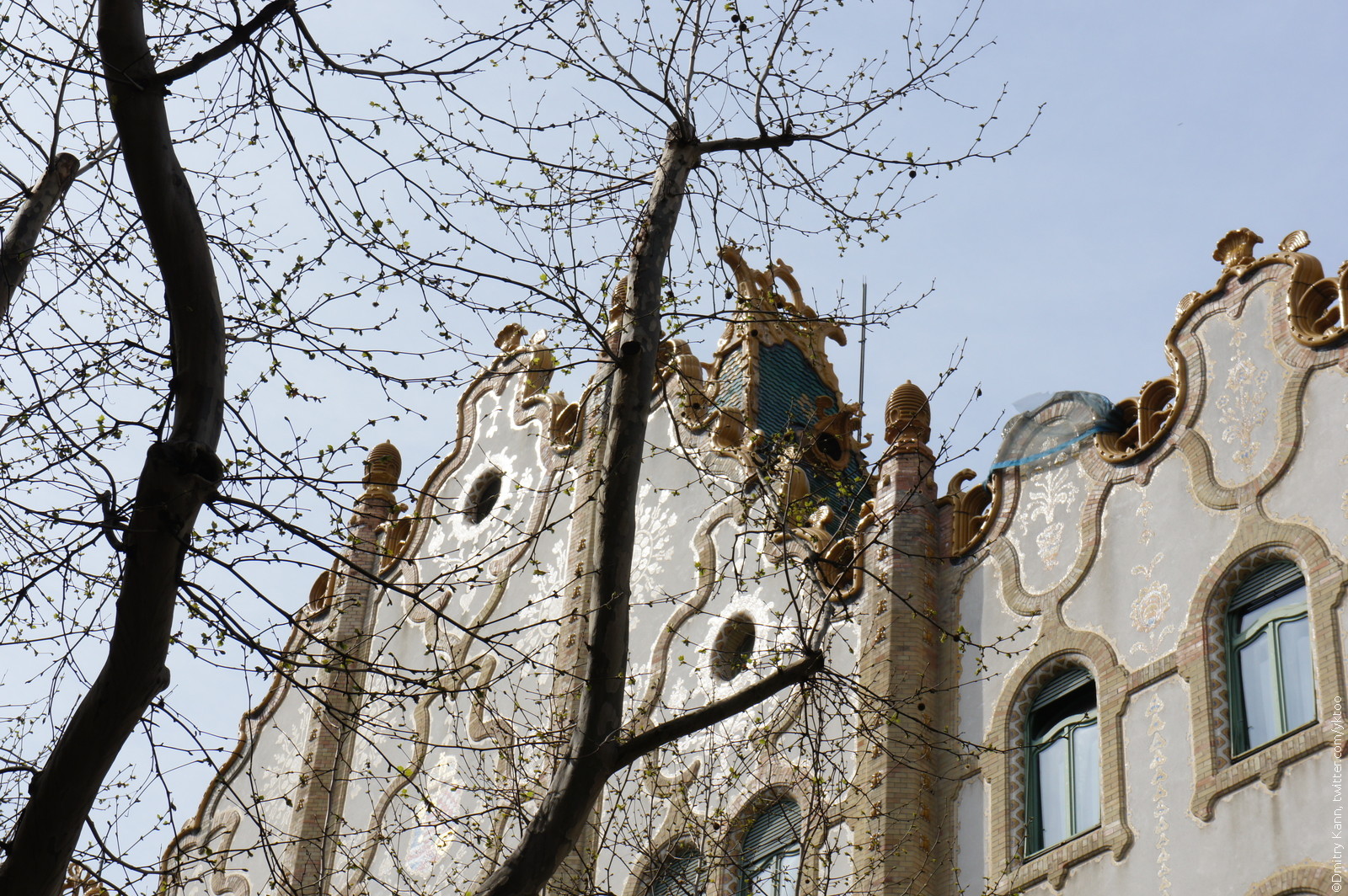
 — world’s fastest URL shortener
— world’s fastest URL shortener
Comments